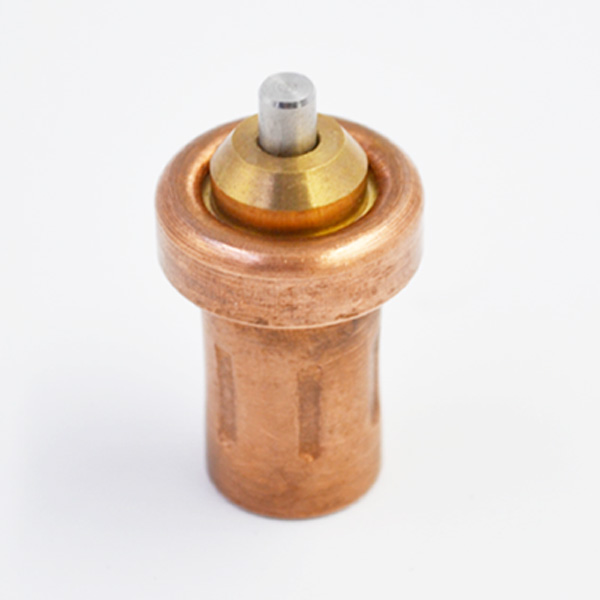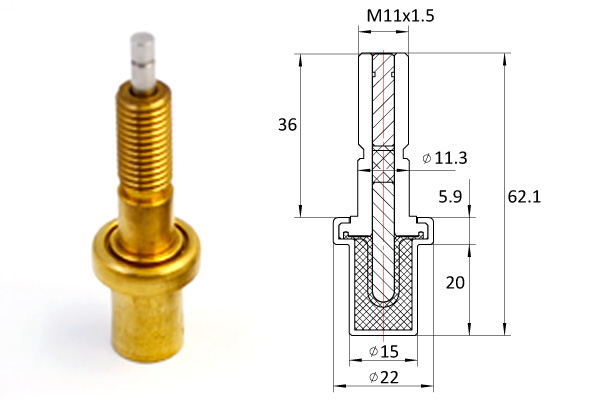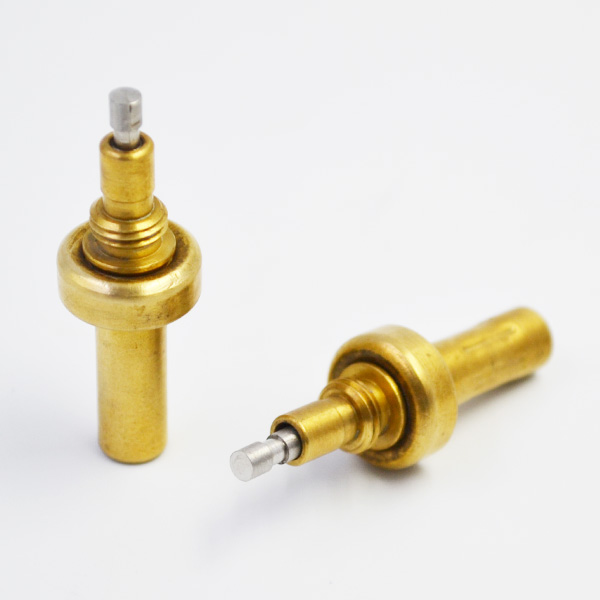Based on STC12C5A60S2 MCU, combined with wireless remote control, audio input, LED display and other peripheral circuits, a wireless remote control/manual dual control multi-mode display control system is designed and implemented.
The system has three application modes: ordinary lighting, cool animation and music spectrum, which can meet the application needs of different occasions. Using LED as display screen, it can replace WLAN, WiFi or Bluetooth, and act as communication tool in some places that are not suitable for electromagnetic transmission, so as to realize the triple functions of lighting, decoration and visible light communication. With the improvement of people’s living standards and the continuous improvement of electronic technology, color lanterns as an ornament have penetrated into all aspects of people’s lives. It can not only be used as an ornament for city streets and buildings, but also as a main rendering tool for some large-scale activities.
However, most of the traditional color lamp controllers are implemented by all-hardware circuits, and the mode is relatively single.

Not only the circuit structure is complex and the power consumption is large, but also the shape can only be displayed in a fixed mode. The application is limited, resulting in waste of resources [1].

Therefore, it is necessary to design a new color lamp controller, thermostatic element which can not only realize all the functions of traditional color lamp, but also set cool patterns according to different occasions to show the animation effect. The most important thing is that the designed color lamp is not only used as decoration and ordinary lighting, but also as a communication tool in the rapid development of visible light communication technology. It is suitable for electromagnetic wave Limited places [2?4]. Therefore, its expansibility deserves special attention, which makes it not only have a broader application prospect, but also get LED. Make the best of. The LED color lamp controller is designed with STC12C5A60S2 single chip computer as the core, using 5V DC regulated power supply. Through driving circuit, crystal oscillator circuit, audio input circuit, wireless remote control circuit, key circuit and other peripheral circuits, the control function of the three-dimensional LED color cube lamp display module is realized. Thus, the LED color lamp display module can realize the three-dimensional scanning of the optical cube, and display the functions of music spectrum and cool animation that can be set arbitrarily to adapt to different occasions. At the same time, the system uses LED as the color lamp display screen.
While it has common lighting, it can set up the Visible Light Communication (VLC) module to realize the communication function of LED. The specific block diagram is shown in Figure 1. STC12C5A60S2 MCU has the advantages of fast operation, low power loss and strong anti-interference ability. It not only integrates the special reset circuit of MAX810, but also has 8-way high-speed 10-bit A/D conversion and 2-way PWM. Therefore, the system uses STC12C5A60S2 as the main controller, which not only simplifies the circuit design, but also adapts to the occasion of strong motor control and interference. As the core circuit of the whole system, STC12C5A60S2 MCU plays the role of the lower computer. It completes the execution of the whole controller circuit and program together with the peripheral circuit, communicates with the upper computer on the PC, transmits instructions to the driving circuit through the extended I/O port, and realizes the control function of the LED color lamp display module [6].
Specific electricity and electricity The path is shown in Figure 2. Wireless remote control module and key switch circuit are set in the periphery to realize the remote control and manual control of the single chip computer. Among them, three independent key switches are set up in the key switch circuit, which are connected with PI.2, P1.3 and P1.4 pins of MCU respectively to realize manual control of three modes of LED color lamp display.
The wireless remote control module is made of PT2262/2272M4 integrated circuit. In addition, the crystal oscillator circuit determines the working frequency of the single chip computer, and the size of crystal oscillator directly affects the running speed of the program. Considering the factors such as the difficulty of starting oscillation caused by the high capacitance, this design adopts 22 pF capacitor and 22 MHz crystal oscillator. Driving circuit driver circuit is divided into layer driver and column driver, which jointly completes the control function of all the LED lights in the LED color display module. The layer driver uses ULN2803 module with strong current filling capability to realize the level conversion and the control function of 64 common negative parallel LED in each layer.

The column driver module uses eight 74HC573 latches with identical specifications as the complement of I/O port of STC12C5A60S2 MCU to realize the parallel input and output control of 64 columns of common anode LED [7]. As the terminal of the controller, the LED color lamp display module plays the role of verifying the function of the controller. In the design, 8 *8 *8 LED Light Cube with distance of 2 cm is used as three-dimensional display screen, which can display various modes of ordinary lighting, cool animation and music spectrum. At the same time, the module uses LED display, which can be modulated at high speed and has communication function. It has the advantages of no occupying radio frequency resources, good confidentiality and long service life.

Therefore, it can replace WLAN, WiFi or Bluetooth and act as a communication tool in some places that are not suitable for electromagnetic transmission, thus realizing the three aspects of lighting, decoration and communication.
Heavy function [8?9]. The audio access module is responsible for sampling the input audio signal, and then calculating the audio frequency spectrum value by Fast Fourier Transform (FFT) after A/D conversion.
In order to improve the refresh frequency of the display, the system reads 16 A/D conversion values every 10 ms to get 16 real-number sequences, then completes 16-point FFT operation to get 16 Complex-Number sequences, and then takes the magnitude of some frequency items, quantifies the display, drives the LED Light Cube and lights the corresponding LED lights. In this design, three modes of optical cube are realized. It is necessary to judge whether the power-on display is the same as expected.
Keil C51 and the simulation software can be used to verify the design. The program flow chart is shown in Figure 3. After the program starts, the function is initialized, and then the keys are scanned. When the keys are not pressed, the breathing lamp mode is performed. When the keys are pressed, it is necessary to identify which keys are pressed and enter the mode controlled by the keys. Among them, A represents the audio display mode, N represents the animation display mode, L represents the night light display mode. Programming in Keil C51 environment, simulation of various animation modes of optical cube is realized by using 3D 8 optical cube modelling software, as shown in Figure 4. After welding debugging, the color lamp controller can realize three basic functions: night lamp lighting, music spectrum and cool animation. Fig. 5-7 are the controller physical diagram, part of the animation display effect and music spectrum diagram. After several tests and modifications, the dual-mode color lamp controller designed and manufactured in this paper has finally realized the overall control of 512 color lights.
It not only has the night lamp mode of ordinary lighting, but also has many forms of display, such as music spectrum, cool animation, etc. The 3D effect is obvious, visual impact is shocking, and it has played a good role in decorative lighting, and has a certain degree of reality. Application value. In addition, the designed controller has a certain extensibility. By increasing the designed 8*8*8 optical cube to 16*16*16, it can display Chinese characters. This design is realized by using LED lamp, so it can adjust the LED to have communication function. It is suitable for situations that are not suitable for electromagnetic wave propagation. It is a supplement to WLAN, WiFi and other technologies [10?11].
